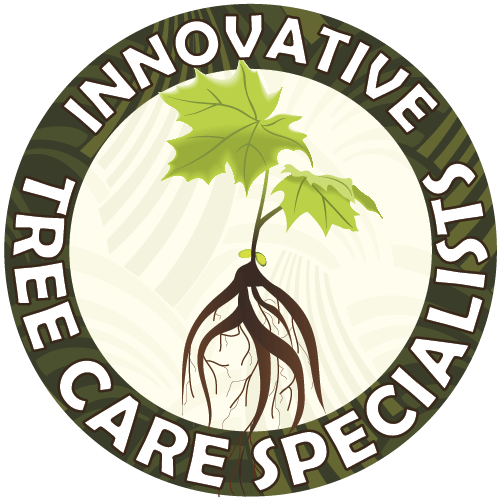Biostimulants & Prescription Deep Root Fertizilation
Biostimulants
Biostimulants are designed to help trees (or other plants) better extract nutrients (and water) already present in the soil, and are different than prescription fertilizations (though a number of our biostimulant treatments do include a small N-P-K component). Biostimulants encourage a variety of growth effects, including:
stimulate natural plant growth processes
expand fine root mass and nutrient uptake efficiency
elicit an overall health response in plants
improve soil ecosystem functioning and biologic activity
Biostimulants include substances such as humic acids and sea kelps, and other beneficial bacteria and fungi (such as mycorrhizae). Biostimulants are naturally higher in micronutrients, and can help supplement urban soils that are often deficient in these essential building blocks to tree health.
Our biostimulant formulations will help prevent against drought stress during summer, and can even prevent parasitic organisms from colonizing your tree’s root system. Our arborist would be happy to discuss with you how a biostimulant may benefit your trees.
Prescription Tree Fertilizations
Prescription fertilizations, by contrast, are fertilizations that are “prescribed” with the help of a soil test. Recommended rates of macronutrients N-P-K, that is nitrogen, phosphorous, and potassium, or other micronutrients can be made to supplement deficiencies in the soil. Soil properties, such as pH will also be assessed as this can affect nutrient availability in the soil. Macronutrients are needed by the plant (tree) in higher amounts, than micronutrients, and are essential to healthy functioning and growth. Our urban soils do not experience the same nutrient cycling processes that occur in a natural ecosystem, and often are deficient in 1 or more macronutrients.
Soil Injection Treatments
Both our prescription fertilizations and biostimulants are administered by a soil injection process. This allows for us to directly inject the tree’s fine, absorbing root system approximately 8-10” below ground level, and below turf or other non-target plant root systems. We use a grid pattern, extending from the trunk of the tree, out to just past the extent of the tree’s drip line (canopy). Every couple of feet, we make a new injection. We anticipate a tree’s root system encompasses this area, and it likely extends even further beyond.
Biostimulant treatments and fertilizations can be repeated annually. If quick nutrient supplementation is necessary, a foliar application of fertilizers or biostimulants may be appropriate as an immediate or supplemental treatment.

